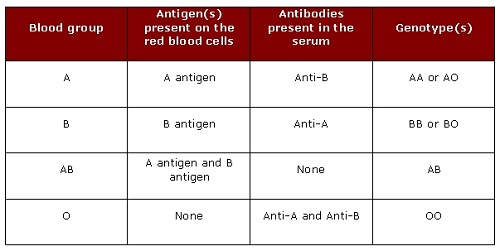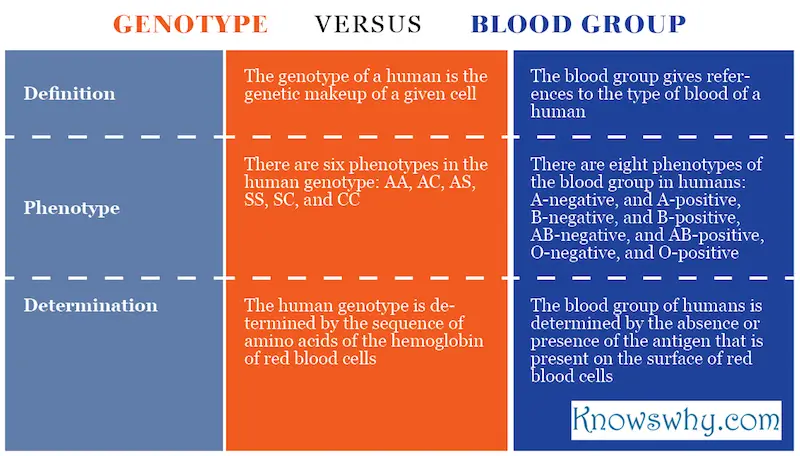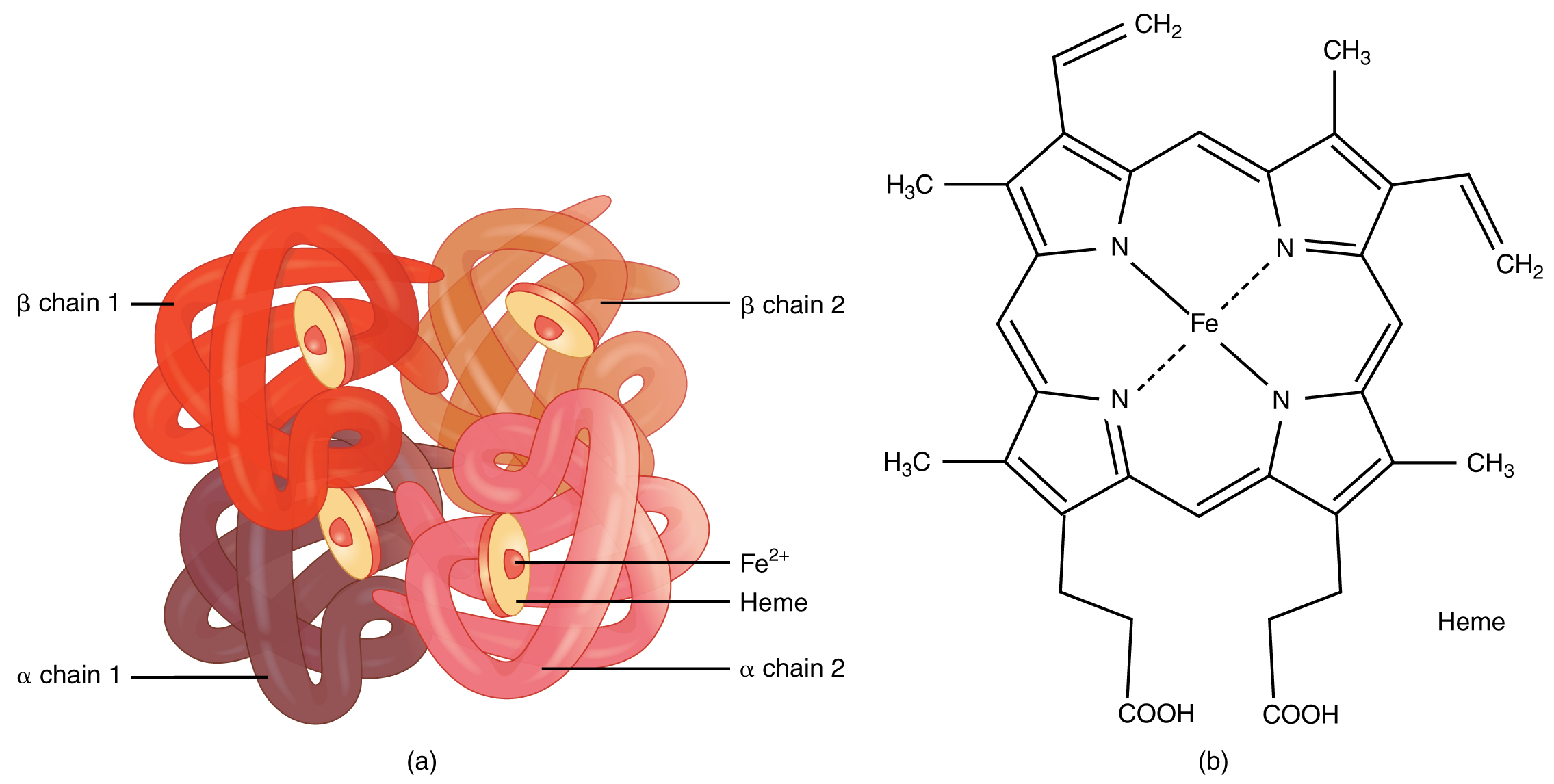
What is Genotype?
- The human genotype is the given genetic make of a cell.
- Every single person has a unique genotype, which it is possible to reveal, via personal genomic sequencing.
- Genotype is also often used as a means to describe a particular set of genes, or a singular gene, that determine specific traits of a given organism.
- There are six human genotypes: AA, AC, AS, SS, SC, CC.
- Red blood cells determine the genotype of humans, as they consist of a single hemoglobin molecule, which is comprised of two globin protein pairs with a heme component.
- The globin protein pairs are comprised of globin chains, two alpha and two beta, and any amino acid substitutions that occur, occur within these chains, giving rise to a different hemoglobin type.
- Any substitutions in amino acids, that occur within the pairs of globin proteins, become classified through thalassemia.
- There are three different types of hemoglobin, hemoglobin A, C and S, with hemoglobin C being the rarest type.
- Each hemoglobin type is varied dependent on the amino acid that is present in positon six of the globin chain.
- The hemoglobin type and the sixth positon amino acid, is outlined in table 1 below.
Table 1 – Hemoglobin types and the sixth position amino acid found in each
| Hemoglobin type | Sixth position amino acid |
| A | Glutamate |
| C | Lysine |
| S | Valine |
- An individual can have two hemoglobin types, with each type being inherited through each individual parent. The pairing of different hemoglobin types, is where the six different human genotypes arise from; AA, AC, AS, SS, SC, CC.
- A healthy and regular genotype is AA, while the genotypes, SC, CC and SS give rise to various syndromes and symptoms.
- As each of these genotypes are parentally inherited, partners should ideally be paired in a way that does not produce each of the genotypes that produce the symptoms and syndromes.
- The symptoms and syndromes that arise from each genotype is outlined in table 2 below.
Table 2 – The different symptoms and syndromes arising from each genotype
| Genotype | Symptoms and syndromes |
| AA | Normal and healthy |
| AC | No symptoms |
| AS | No symptoms |
| SS | Sickle-cell disease |
| SC | Vaso-occlusive crises, recurrent anemia and thigh bone aseptic necrosis |
| CC | Angloid streaks, Jaundice, severe anemia, Cholelithiasis |
What is Blood Group?
- Humans have different types of blood, and each is referred to as a blood group.
- The determination of each blood group is dictated by the absence or presence of different antigen types that are found on a red blood cell’s surface.
- Given this difference in antigen presence, it is therefore crucial to determine a person’s blood type prior to undertaking a blood transfusion.
- There are two criteria systems that determine a person’s blood group, the ABO blood group and the RH blood group.
- A person’s ABO Blood Group is determined through the absence or presence of two antigens, the surface antigen on a red blood cell and antigen A.
- Each ABO blood group antigen is encoded via gene I, which is comprised of three different alleles, IA, IB and
- Products derived from each of these alleles, are later involved in the attachment of these antigens onto the surface of red blood cells.
- Four phenotypes of the ABO blood group exist, each of which are identified through six genotypes. Exposure to the environment can induce antigen production that corresponds to the antibodies in each serum of the individual blood group. Each phenotype and the corresponding genotype of the individual ABO blood group is outlined in table 3 below.
| Blood type | Allele/Genotype combination | Antibodies in serum |
| A | AA (IAIA), AO(IAi) | Anti-B |
| B | BB (IBIB), BO (IBi) | Anti-A |
| AB | AB(IAIB) | N/A |
| O | OO (ii) | Anti-A & Anti-B |
- The determination of RH blood group, is dictated by the absence or presence of an Rh factor (‘Rhesus factor’) on a red blood cell’s surface.
- There are around 49 antigens that are considered an Rh factor, with the most significant being C, D, E, e, and c.
- The absence of the D antigen on the surface of a red blood cell is known as Rh-negative, while the presence of the D antigen is known as Rh-positive.
Similarities between Genotype and Blood Group
- Both the genotype, and the blood group are different phenomena, but are both used to categorize human beings.
- The determination of both the genotype, and the blood group of a human, is dictated by the alleles that are inherited from the parents.
- Both the genotype, and the blood group of a human, follow the patterns of simple Mendelian inheritance.
- Red blood cells have an involvement in determining both the genotype, and a person’s blood group.
What is the difference between Genotype and Blood Group?
- Definition: Genotype is a cell’s genetic makeup, while the blood group gives reference to the type of blood in a given human, which is determined by the antigen that is present on a red blood cell’s surface.
- Phenotype: In a human genotype, there are six different phenotypes: AA, AC, AS, SS, SC and CC. In a human blood group, there are eight different phenotypes: A-negative, and A-positive, B-negative, and B-positive, AB-negative, and AB-positive, O-negative and O-positive.
- Determination: The determination of a human genotype is dictated by the sequence of amino acids of the hemoglobin in human red blood cells. A person’s blood group is determined in a different way, via the absence or presence of antigens on a red blood cell’s surface.
Table of Comparison

Summary
- Both the human genotype and a person’s blood group are two different phenomena, that are both used to classify human beings.
- The genotype is a person’s genetic makeup, and is completely unique to each individual. It is determined by the sequence of amino acids in the globin protein, and there are six different human genotypes: AA, AC, AS, SS, SC, and CC.
- The Blood Group of humans, is determined through two different grouping systems, the RH blood group and the ABO blood group. There are eight different phenotypes that exist based on these two systems, A-negative, and A-positive, B-negative, and B-positive, AB-negative, and AB-positive, O-negative, and O-positive.
- The primary difference between the human genotype and a person’s blood group, is the criterion used to classify humans within each of the phenomenon.
Author: Alex Hammond
Alexander Hammond hold a first-class master’s degree in Ecology. He has conducted a number of international research projects in Indonesia, Belize and the UK, in the areas of Marine Biology, Terrestrial Ecology and Conservation. Several of his research reports have been published.
Facebook Comments












Leave a Reply